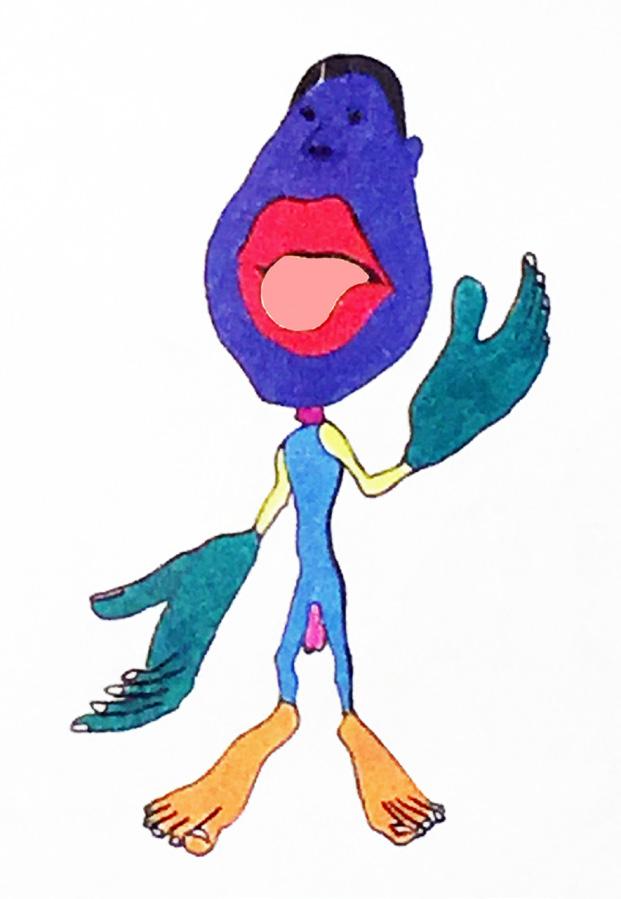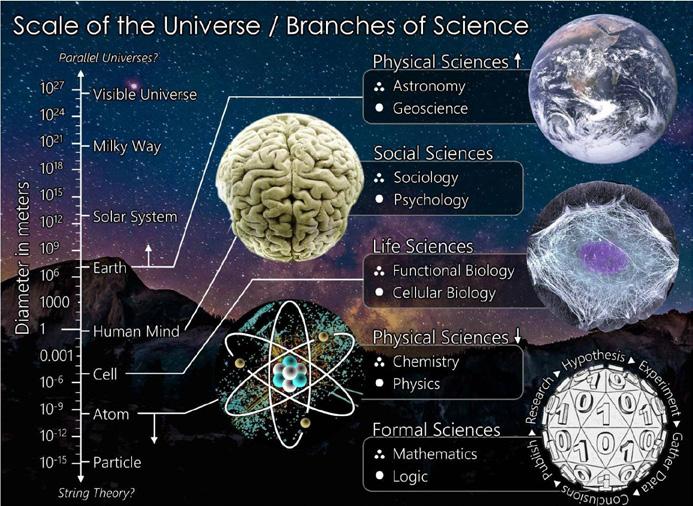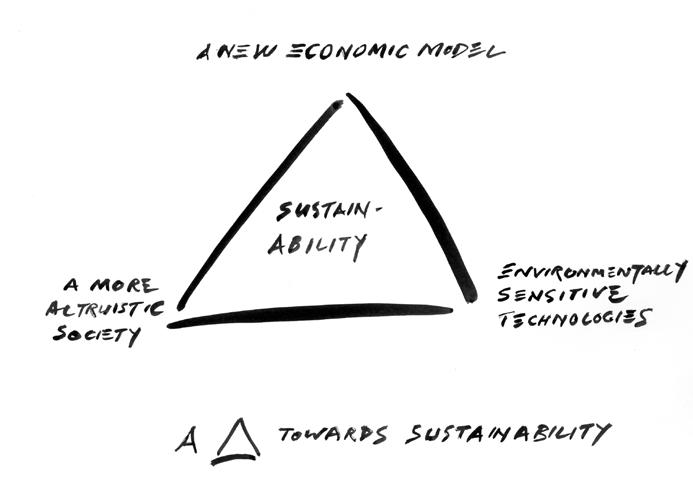
8 minute read
WHAT IS RADICAL TODAY? Ian Ritchie – Founder, Ian Ritchie Architects
What is radical today?
My radical thought is to uproot the pervasive Cartesian Dualism which has been fundamental to our Western way of life for far too long.
Advertisement
Ian Ritchie, Founder, Ian Ritchie Architects
Shakespeare, Henry VI, 2008 directed by Michael Boyd at the RSC Courtyard Theatre designed by Ian Ritchie Architects. Chuk Iwuji as Henry VI looking to the heavens (here through the red and white roses of bloody battle) as one does into the soaring space of a Gothic cathedral, ancient forest or night sky which allows the sensation and physical expression of higher emotions such as awe, reverence and humility. Photo Ellie Kurttz ©RSC

The wheel of progress iR 1992 The three main drivers of change which are very rarely in sync with each other, and thus change is inevitable, whether that leads to progress is debateable. Na Glass Fill (c) 1990 Professor Neville Greaves. Experiments to dope glass at the molecular level to reduce crack propagation initiated by Ian Ritchie with Prof Neville Greaves while he was at Daresbury, and later at Aberystwyth University, using Synchrotron simulation and analysis, including heated and quenching glass molecules. (ref also IGS 2005 Issue 2 Ian Ritchie Glass Futures article)
In my 2003 Bossom Lecture at the Royal Society of Arts in London entitled ‘Design in Need of a Compass’, I reasoned that we must reconsider our basic Western exploitative attitude. I addressed the question: How does our intellectual heritage shape our actions? The question has continued to encourage me to explore how homo sapiens sapiens can tame rampant homo faber and homo consumeris.

The Greeks sought to reconcile Heraclitus' idea of ‘perpetual change and eternal becoming’ with that of the ‘unchangeable being’ of Parmenides. The paradox was resolved by the Greek philosophers Leucippus and Democritus in the 5th century B.C.E. They developed the concept of an inert, fundamental unchangeable atom which, moved by undefined forces (spirits), could combine with other atoms to generate change. This outcome of the debate was to have a profound impact upon the development of our western society.

The current world’s economic model iR 1996 – designers are ‘up against a well-designed wall’. That wall is consumerism and whatever we design has to attract the consumer. Architecture itself has become trapped in fashion, in much the same way as high-end clothing or cars. It seems to me that the importance placed on advertising agencies and stylists has undermined the significance of aesthetic and moral values. The wholeness of life had been split between spirit and matter, between body and soul; and investigations of the human soul and ethics, rather than materials, dominated western thinkers and society until the Renaissance, when a renewed interest in matter and the natural world arose. Descartes focused on this division, giving it a subtle new dimension: the artificial separation of 'mental' and 'physical', and the concomitant philosophy that the natural is chaotic and perfection unavoidably artificial. Descartes, inadvertently, took us on a path separating us further from nature, towards a world where man has legitimate mastery and dominion over nature, and is free to exploit the natural world without guilt or consciousness of damage done.



Brain and Science The branches of science today related directly to the scales from particle to universe, with neuroscience crossing the boundaries between social and life sciences. (source Wikipedia)
During my involvement with neuroscientists during the past decade, the idea has grown that designers should learn to design with the mind in mind, and that doing so may provide a way to achieve better outcomes for man and the environment. We are learning that our mental states are the product of an interaction between individual physiology and all of the external environmental and sociocultural factors - not fully reducible to their constituent parts - that these physical processes interact by means of our senses. Our mental experience is grounded entirely in the physical world, and this is the proper non-duality that we need to recognise and design for.
Vesalius 1555 de humani corporis fabrica etching and is perhaps the first printed drawing made of man contemplating himself through his mind.
Touch iR cartoon (1994) showing the human body in proportion to the concentration of touch sensory cells. We have senses and yet few architects appear consciously to design to engage with them, other than sight, sound and, to a limited extent, touch. However, the aesthetic dimension ought to include all our senses – not just the classic five but also the feel for balance mechanisms and internal sensors such as pressure. In recognising things that please us we bring several senses into play simultaneously. There exists a freedom of creative and personal expression today. Yet none, in a traditional aesthetic evaluation, is any better than the other. That is not to say that one form of expression may not excite our senses more, but this may be fairly superficial in that it simply amuses or appeals to us more in a rather selfish way.
Humans are profoundly social creatures. We evolved to thrive in small tight-knit social groups and natural environments. Our genetic and neurological predisposition for such a life and the emotional equilibrium it engenders has changed little, if at all, despite our unique adaptability.
Imagining the future as a tech-world driven by technological developments such as AI, is only a further retreat into the separation between us and the natural world which is costing us so dearly. Technology, yes - but let’s have a technology which benefits us symbiotically and which enables us to live in universal harmony with the planet, and an architecture which fosters harmony with each other.
To rediscover the holistic nature of being, one which is less anthropocentric, also requires questioning the values and role of religions – the ways in which western religions led to imperialism, the spread of market capitalism and to globalisation at the expense of peoples and the environment.
To change demands radical thought. It becomes a question of how humanity perceives itself in relation to the environment and to itself. What is it to be human? How should we define progress? Does progress exist?

Triangle Towards Sustainability iR 1992 An economic model based upon an altruistic relationship with our shared planet does not mean that there is no competitive economy. It can be based upon competition between altruistic endeavours to maintain the quality of our biosphere, a better and sustainable economic model can emerge in a global age of green collar workers and green industries. How we learn to see affects our industrial and cultural development, and our thoughts, and every thought is an action which has consequences.

“Great architecture should connect to technology to emotion and space to the soul” – Ian Ritchie
A MANIFESTO: ‘UNSELF’: BEING REAL NOT RADICAL
A Post-Cartesian Philosophy of Design requires a completely and fundamentally different way of thinking.
I suggest this might initially be achieved by cultivating an internal position of graceful humility through fully understanding the damage we - in this case I mean Western capitalist societies have done through misunderstanding the world and us in it, and by
Ian Ritchie, Founder, Ian Ritchie Architects
Ian Ritchie leads one of the world’s most thoughtful, original and influential contemporary collaborative architectural practices Ian Ritchie Architects, based in London and more recently Ritchie Net – a network of collaborating practices in Europe, Asia and S America. Ian is a Royal Academician and elected member of the Akademie der Künste. He is Honorary Visiting Professor of Architecture at Liverpool University; Fellow of the Society of Façade Engineering. Recently he was advisor to The Ove Arup Foundation, the Director of the Centre for Urban Science and Progress NYU, and to the President of Columbia University on the Manhattanville masterplan. He has chaired many international juries including RIBA Stirling Prize, the RIAS Doolan Award, Berlin Art Prize, Czech Architecture Grand Prix and the French government’s ‘Nouveaux Jeunes Albums’. He was a founder director of Rice Francis Ritchie, a design engineering practice based in Paris. He continues to lecture globally, has written several books, published poetry, and Ian’s art is held in several international galleries and museums.
adopting a new architectural philosophy suited to our growing knowledge of what the human ‘Being’ is.
A philosophy of ‘UNSELF’, in which the architect’s ego is subsumed into an ethical and altruistic expression of the needs, desires and forces outside self, and which are unique to each project.
Architecture based upon this philosophy will not be an embodiment of the self-asserting identity of the architect and apartheid thinking, but of holistic awareness of space, time, environment and nature which become places completed by human beings - truly human architectural and urban spaces that resonate with our ‘being’, in tune with our needs - truly appropriate works of architecture.
Our task is to allow human sensuality – a basic language of being human -to become a partner with our thinking/processing minds. Architecture is biological, procreative as nature, moving us spiritually and evolving us even at a genetic level, for good or ill.
The purpose of the art of architecture will be to enable the spiritual voices of society to be heard - to create harmonious, global refuges that respect the earth in an age of planetary upheaval.
We must consider the potential impact of every act of design. As architects and artists our work should embody the reverberant core of compassion that is our shared humanity's birthright.









